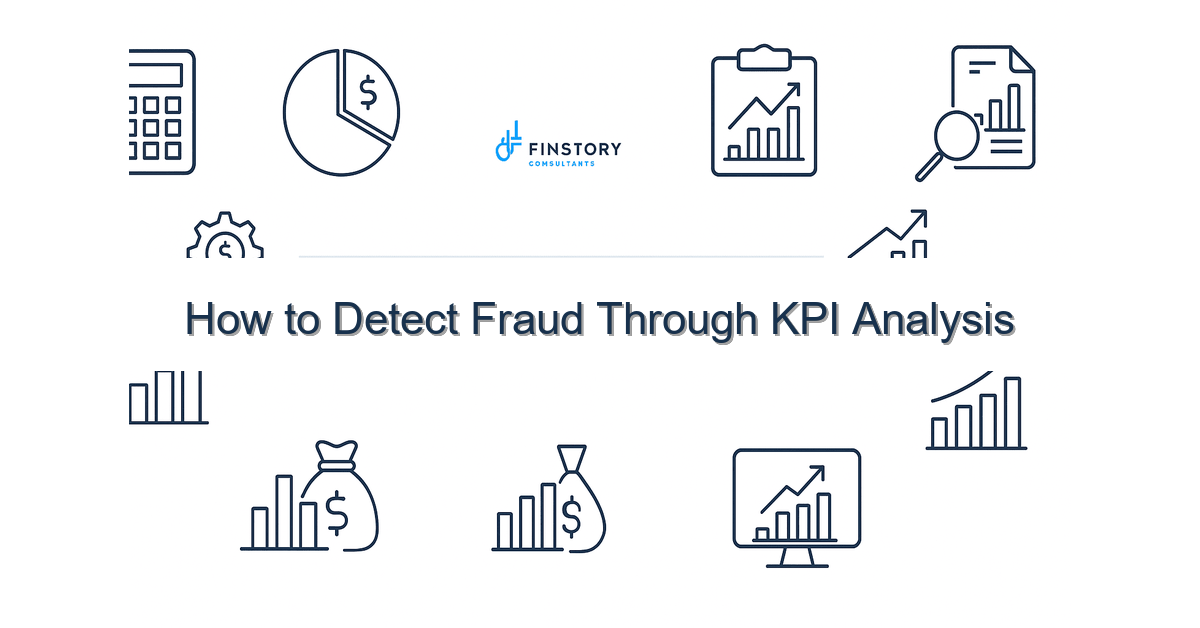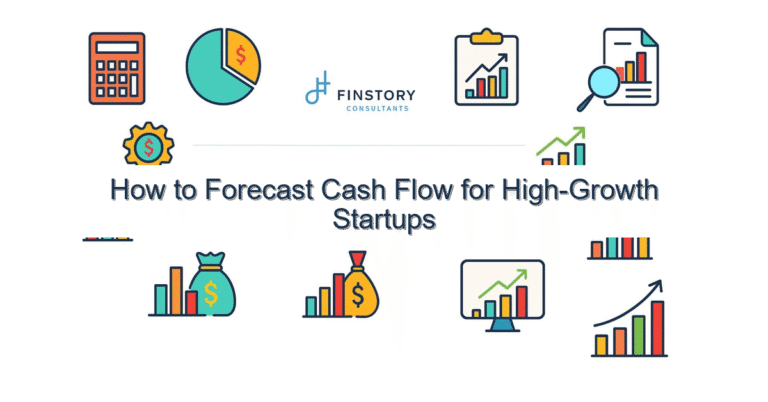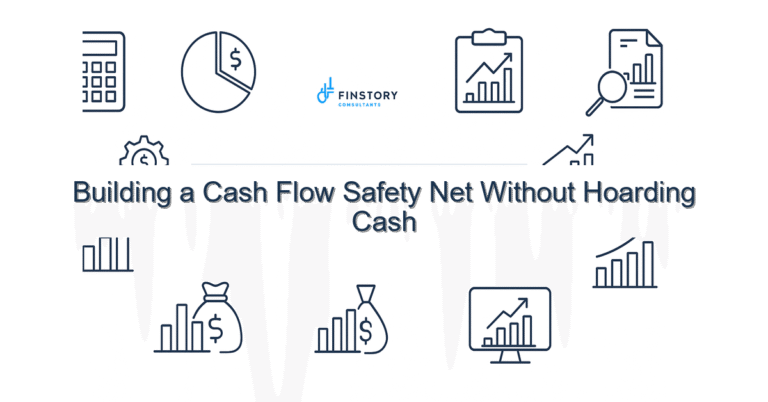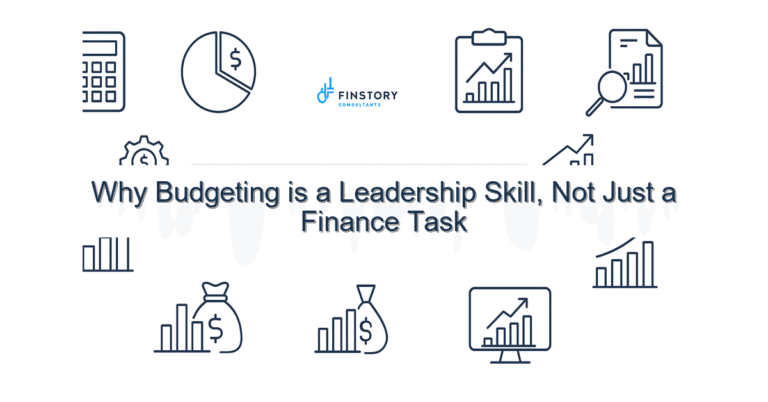How to Detect Fraud Through KPI Analysis
You know the feeling: a nagging number in a report that doesn’t sit right. It’s easy to dismiss as noise when you’re managing budgets, staffing, and patient care. But that small anomaly can be the first clue to real leakage or fraud.
Summary: Use KPI analysis to turn routine finance and operational reports into an early-warning system—prioritizing high-risk areas, reducing false positives, and recovering real losses so your team can focus on care, not paper trails.
What’s the real problem?
Healthcare organizations generate mountains of data across billing, supply chain, payroll, and clinical systems. The real problem isn’t a lack of data—it’s that leaders don’t have a repeatable way to separate normal variation from signals of fraud or systematic error. That leads to missed recovery opportunities and wasted investigative effort.
- Symptoms: month-to-month revenue spikes tied to a small set of clinicians or facilities.
- Symptoms: unexplained increases in high-cost supplies with No change in case mix.
- Symptoms: frequent adjustments or voids in billing late on Fridays or during holidays.
- Symptoms: vendor payments clustered around a few staff or invoice numbers.
What leaders get wrong
Most leaders want a quick fix—run a report, audit a few files, close the book. That’s understandable, but it creates three predictable missteps:
- Relying on static thresholds—setting a single dollar or percentage trigger that either floods you with false positives or misses sophisticated schemes.
- Investigating without context—pulling transactions without correlating to patient acuity, staffing, or contracts, which wastes investigator time.
- Treating KPI monitoring as a compliance checkbox—reviewing reports monthly when fraud often shows as short, sharp deviations that need near-real-time attention.
A better approach
Shift from ad hoc hunting to a repeatable KPI-driven process that focuses attention where risk and reward are highest. Here’s a simple 4-step framework that works in most hospitals and health systems.
- Define risk-aligned KPIs. Pick 10–15 KPIs tied to common fraud vectors: billing frequency by provider, average unit cost of implants, void/adjustment rate by day, duplicate invoice ratio.
- Baseline normal behavior. Use 12–24 months of history and seasonality adjustments so you spot true deviations, not expected swings from flu season or elective-surgery cycles.
- Score anomalies. Combine magnitude, frequency, and concentration into a single risk score. Prioritize items that hit all three—not just big dollar amounts.
- Investigate with context and close the loop. Pull clinical documentation, staffing logs, and vendor contracts before conducting interviews. Feed investigation results back into the model to reduce repeat false positives.
Example: one regional system I worked with found a 35% month-over-month rise in high-cost orthopedics implants tied to one OR team. By combining implant SKU frequency with surgeon schedule data, they quickly identified a vendor over-billing scheme and recovered $480k in 90 days.
Quick implementation checklist
- Identify the top 10 KPIs most relevant to your revenue and procurement risk.
- Pull 12 months of historical data from finance, EHR, and AP systems.
- Create seasonally adjusted baselines for each KPI.
- Set dynamic thresholds (z-scores or percentiles) instead of fixed dollar triggers.
- Automate daily or weekly KPI refreshes in your BI tool.
- Build a simple risk-scoring sheet that combines magnitude, frequency, and concentration.
- Train one analyst and one clinician (or supply chain lead) to triage alerts.
- Document investigation steps and outcomes in a shared tracker.
- Revisit KPIs quarterly to add new vectors (telehealth, remote dispensing, etc.).
What success looks like
- Increased detection accuracy: reduce false positives by 40–60% through contextual scoring.
- Faster response: cut time-to-triage from weeks to 48–72 hours for high-priority alerts.
- Recovery and savings: identify and recover 0.5–2% of annual revenue leakage in the first year.
- Operational efficiency: reduce investigator hours spent per confirmed case by 30%.
- Better governance: produce monthly leadership reports with clear, data-backed recommendations.
Risks & how to manage them
- Risk: Chasing noise drains the team. Mitigation: Use concentration rules—only investigate if multiple KPIs point to the same entity.
- Risk: Data gaps create blind spots. Mitigation: Prioritize integrating AP, billing, and EHR extracts; use temporary manual feeds while full integrations are built.
- Risk: Alerts create cross-functional friction. Mitigation: Establish a clear triage owner and a neutral governance forum with legal, compliance, finance, and operations.
Tools & data
The right tooling makes this practical. Finance automation platforms can extract and normalize transactions. Power BI (or your BI of choice) lets you build refreshable dashboards and embed drill-throughs to invoices or patient encounters. Pair those visuals with leadership reporting that summarizes risk scores and recommended actions, not spreadsheets of raw transactions.
Next steps
If you want to get started this week, pick three KPIs and run a 12-month baseline. Share the findings with a small cross-functional team and set a 30-day plan to automate one alert. If you’d rather move faster, get help formalizing the model and standing up dashboards so you don’t waste internal cycles.
Contact Finstory. We specialize in helping healthcare finance and operations teams turn KPIs into a working fraud detection and recovery program—practical, risk-driven, and aligned with patient care priorities. We’ll help you pick the right KPIs, integrate your systems, and train your team to run the program.
Work with Finstory. If you want this done right—tailored to your operations—we’ll map the process, stand up the dashboards, and train your team. Let’s talk about your goals.
📞 Ready to take the next step?
Book a 20-min call with our experts and see how we can help your team move faster.
Prefer email or phone? Write to info@finstory.net
or call +91 44-45811170.






